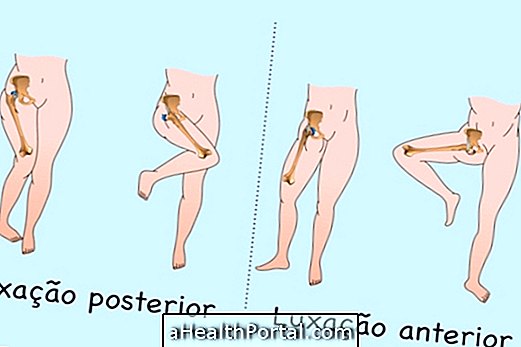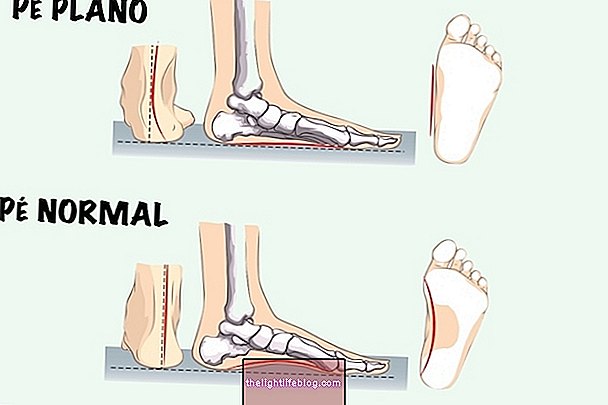Physical therapy with exercise is an excellent strategy to combat sacroiliitis because it can reposition the joint in the right place and strengthen the muscles involved that help maintain the stabilization of the pelvic region.
Sacrocyteitis occurs when the joints between the sacrum and iliac bones of the pelvis are affected by inflammation. It can be classified as uni or bilateral, and in the latter case the two sides are affected, causing pain in the back which can affect the buttock and the back or inner thighs.
Treatment of the sacroiliitis can be done with analgesic and anti-inflammatory drugs, as well as physical therapy sessions. The use of orthopedic insoles of continuous use is indicated to balance the height of the legs, when the person presents a slope larger than 1 cm in the length of the legs.
Physiotherapy for sacroiliitis
Physiotherapy is one of the indicated forms of treatment and among the therapeutic options have the use of anti-inflammatory devices such as ultrasound, heat, laser and tens, for example. These help to decrease local pain by making movements easier.
Joint mobilization and osteopathy maneuvers may also be indicated for treatment, as well as relaxation massages on the back, buttocks, and back of the legs.
The practice of Pilates is a great ally in the treatment helping to keep the supporting muscles of the spine properly toned and improves the range of movements. Sitting properly, avoiding high-impact sports such as racing and soccer are some of the recommendations to follow.
Placing an ice pack at the pain site for 15 minutes, twice a day may help with the treatment.
Exercises for sacroiliitis
The most indicated exercises are those of strengthening the abs, muscles of the inner thigh, and those that help keep the hip properly stable. Some examples of exercises to combat sacroiliitis are:
1. Bridge

Lie on your belly up, bend your knees and suck the belly button back, maintaining this contraction of the transverse abdominal muscle. The movement consists of raising the hip of the floor, keeping it elevated for 5 seconds. Repeat 10 times.
2. Tighten a ball between the legs

In the same position should place a ball with about 15 to 18 cm in diameter between the knees. The movement is to squeeze the ball for 5 seconds at a time and then release without letting the ball fall. Repeat 10 times.
3. Elevation of the leg

Lying on your belly up, keep your legs straight and suck your belly button back, to keep the muscles from deepening in the abdomen. The movement consists of raising one leg as much as possible and then lowering. Only after that, should one raise the other leg. Raise 5 times each leg.
4. Circles in the air

Lying belly up, bend one leg while the other remains stretched. Raise the leg stretched to the middle and then the movement consists of imagining that you have a brush on your toes and 'drawing' circles on the ceiling.
5. Curl your back

Sit with your legs lightly stretched and bend your back and go slowly. You should touch the bottom of the back first, then the middle and finally the head. Turn sideways to lift and then return to starting position. Repeat 3 times.
These exercises can be performed daily during treatment, which can take from 4 to 8 weeks.
Another treatment option for bilateral sacroiliitis is prolotherapy, which consists of injecting sclerosing substances into the ligaments of the joint, which stimulates the production of more rigid and more abundant ligaments and the result of this would be greater joint stability. Some examples of these substances are Dextrose and Phenol.






















